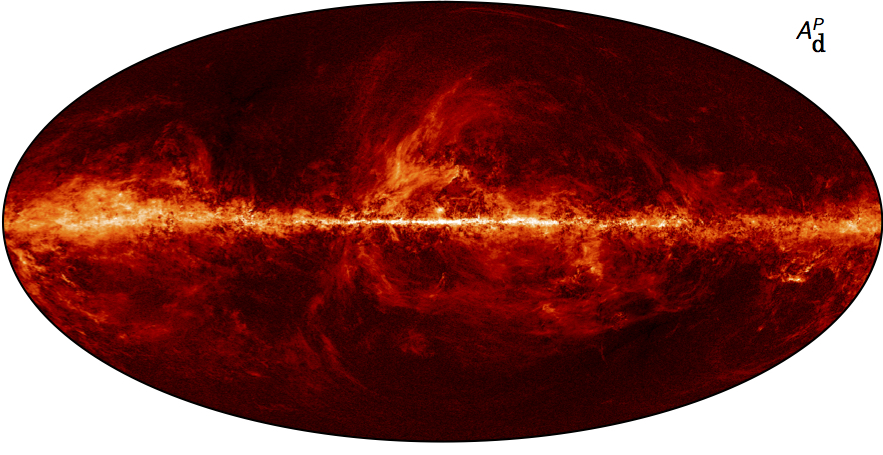New on DEIXIS online: Noisy Universe

From August 2009 through October 2013, the Planck space observatory gaped at the sky, looking deeply into the past. Using 72 photon detectors, it captured some of the oldest light in the cosmos – the faint glow of the cosmic microwave background radiation, CMB for short.
“These are the photons from the Big Bang; they have seen it all,” says Julian Borrill, group leader of the Computational Cosmology Center at Lawrence Berkeley National Laboratory. “They have traced the entire history of the universe, and everything that happened in the history of the universe leaves its imprint on this photon field.”
Since the 1980s, cosmologists who study this light have been devising experiments that gather more and more data from it. They then use high-performance computers to analyze the information, creating maps and tracing correlations among the pixels that comprise them. In those connections, they seek the seeds of today’s galaxy clusters, the largest structures in the known universe. Each resulted from initial conditions of the cosmos – perturbations in the shapeless mass of the universe shortly after the Big Bang.
Cosmologists need the huge data sets experiments generate because the faint signals they seek are awash in irrelevant noise. The more information they have, the more likely they are to detect signals buried in it.
Borrill and his colleagues are working to sift those signals from the noise, using some of the world’s most powerful supercomputers at Berkeley Lab’s National Energy Research Scientific Computing Center (NERSC). They have created algorithms and implementations that replace impossibly large calculations with simulations and approximations. They’ve designed new approaches that keep the work flowing despite bottlenecks at input and output and between processors.
Read more at DEIXIS: Computational Science at the National Laboratories, the online companion to the DOE CSGF’s annual print journal.
Image caption: The Planck satellite’s full-sky data of hot, ionized dust in the galaxy, shown here, deflated a widely publicized finding – that a twist in the polarization of microwaves filtering to Earth from space was evidence of faster-than-light inflation of the universe immediately after the Big Bang. The Planck data showed that the twist was instead introduced by galactic dust. Courtesy of the Planck Collaboration.


